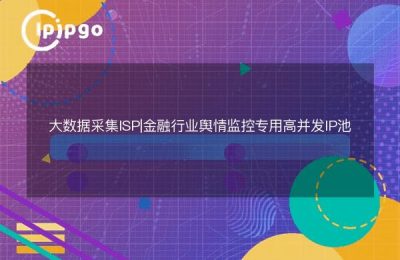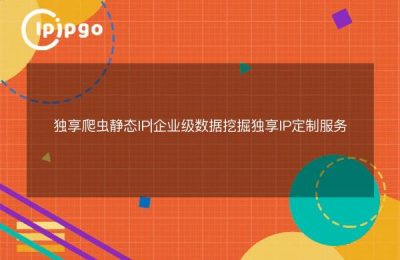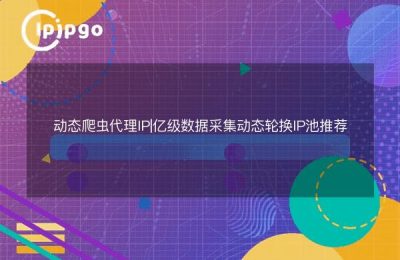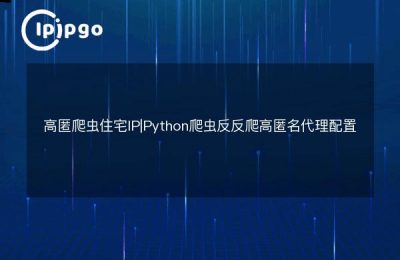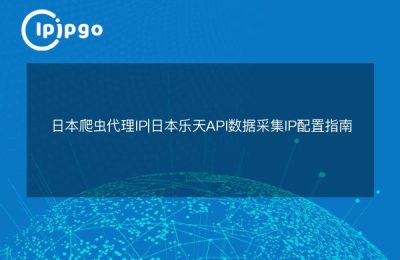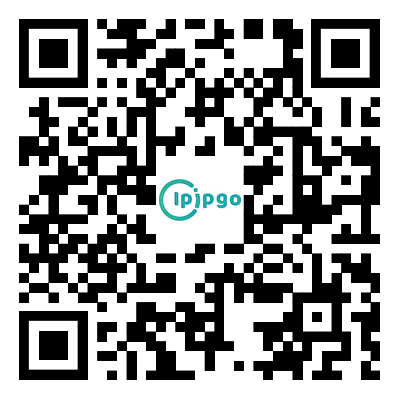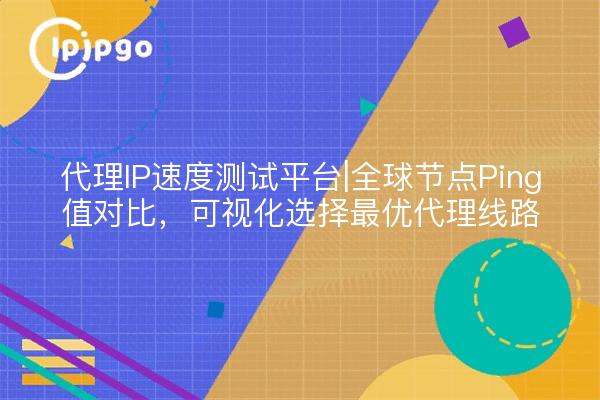
Why does your business need speed measurement capabilities?
The biggest headache many users have when using proxy IPs is theActual speeds don't match the hypeFor example, if you choose a U.S. node, it takes more than 5 seconds to access the target website. For example, it is clear that the U.S. node has been selected, but the access to the target site has to wait for more than 5 seconds, and this situation will have a direct impact on the efficiency of work in the scenarios of data collection, account management, and so on.
We have encountered a real case: a cross-border e-commerce team used 3 proxy service providers at the same time, and found that the IP latency in the same region was 3 times different. Later they used ipipgo'sVisualization of speed measurement platformThe fastest responsive Japanese line was screened within 15 minutes, with page load speeds dropping from 4.2 seconds to 1.8 seconds.
Three tricks to measure the real speed of proxy IP
You don't need specialized tools to test proxy IP speeds, remember these three methods:
1. Basic Ping Test
Enter it at your computer's command prompt:ping proxy IP address -t, continuously observe the results. Watch for two key pieces of data:
| norm | Premium Lines | general line |
|---|---|---|
| Average delay | <150ms | >300ms |
| packet loss | <2% | >10% |
2. Web page loading tests
After setting up the proxy in your browser, open a test page containing multiple media elements (httpbin.org is recommended), and use the developer tools to view theWaterfallLoad time. The difference in loading time for each element of a quality agent does not exceed 20%
3. Batch automated testing
ipipgo users can use it directly in the backgroundMulti-node concurrent speed testfunction, the system automatically generates a delay heat map for each country node. Recent test data shows that:
- Average response of Singapore nodes 87ms
- High-latency line with 30% exists for German nodes
- U.S. West Coast nodes have the best stability
Visualization platforms are efficient when used in this way
After logging into the ipipgo speed test platform, focus on three modules:
- Real-time delayed maps: Red areas represent current network congestion
- Historical volatility curve: See the stability of a specific line over a 7-day period
- Protocol compatibility testing: Detecting the actual performance of the HTTP/Socks5 protocol
It is recommended that for each testCheck more than 5 nodes at the same timeThe system will automatically recommend the line with the highest overall score. Last week, a user found through comparison that although the base latency of Brazilian residential IP is higher, due to its dedicated channel characteristics, the actual data transmission speed is instead 42% faster than certain low-latency server room IPs.
Three practical strategies for picking a line
We recommend these combination programs based on our experience serving 60,000+ businesses:
Scenario 1: Multi-account operation
optionDynamic residential IP + automatic switchingmode, ipipgo supports the setting of switching trigger conditions (e.g., delay over 200ms to automatically change IP), to avoid manual monitoring
Scenario 2: Real-time data transfer
start usingDual Link Backupfunction, when the main line delay surge, switch the backup line within 0.3 seconds. Test data shows that this is 76% more stable than the single-line program.
Scenario 3: Special Area Requirements
For areas with complex network environments such as South America and Africa, it is recommended to use ipipgo'sCustom optimized routes. For example, a certain mobile operator IP in Peru, after the exclusive channel optimization, the download speed increased from 512Kbps to 2.1Mbps Q: The speed is normal in the test, but slows down in actual use? Q: What is the reason for the big difference in IP speed in the same area? Q: How do you balance speed and anonymity?Frequently Asked Questions
A: Ensure that the test environment is consistent with the actual use of the environment, especially pay attention to the protocol type (HTTP/HTTPS/Socks5). It is recommended to use ipipgo'sFull Protocol Supportbus route
A: Mainly affected by the local operator, network tier. ipipgo's residential IP covers 90 million + home broadband worldwide, it is recommended to choose theOperator FilteringFunctionality to target quality service providers
A: ipipgo's dynamic residential IP is enabled by defaultTriple anonymity protectionTested at 12%-15% while maintaining the highest concealment level.

